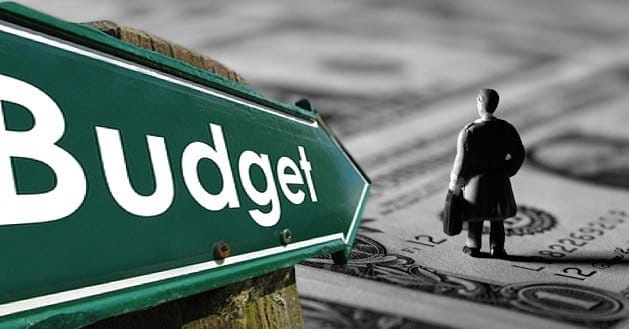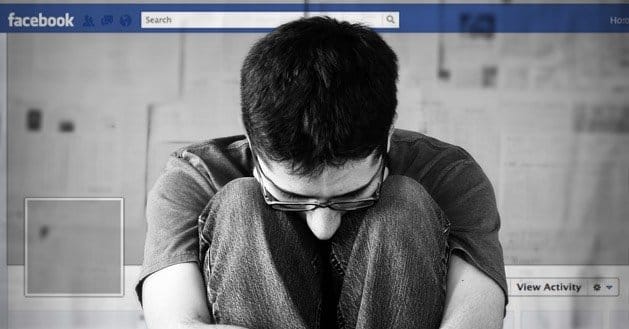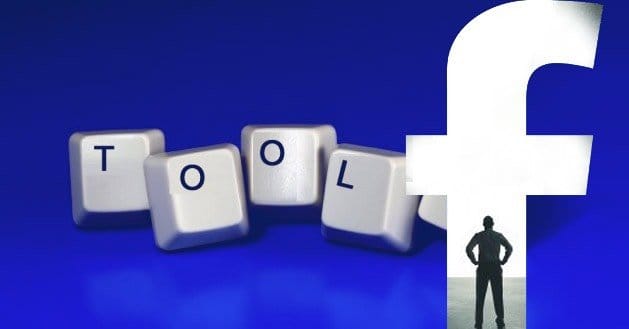 Written by ContentPowered.com
Written by ContentPowered.com
Making your Facebook page stand out is important in today’s social media, where there are so many businesses competing for attention that you need to do something to pull ahead of the pack. To that end, many businesses choose to go for a custom Facebook design. How can you customize a Facebook page, how much does it cost and is it possible to do yourself?
Elements of a Custom Facebook Page
If you’ve spent some time on Facebook recently, looking around at business pages, you might wonder; what is there to a custom Facebook page? It doesn’t seem as if there’s much to differentiate one page from another. Well, you’re right; there really isn’t much to customize. Facebook has done a lot in recent years to lock down what businesses are able to do to prevent security holes. Here’s what’s available.
Cover Photo. The cover photo is the big banner up at the top of your page. It’s huge, it’s graphical, and Facebook limits the amount of text you can use on it to prevent blatant advertising. The cover photo is the most important aspect of a custom Facebook design today.
Profile Picture. Your profile picture partially overlaps the cover photo, taking up screen real estate. This is both a positive and a negative. On the negative side, it eats up part of your cover photo, so you can’t place any interesting detail in the lower-left corner. On the positive side, you can use careful positioning to make your profile picture integrate with your cover photo for a cohesive design.
Landing App. Once upon a time, you could customize what users saw when they visited your page, before they liked it. These huge, iFrame-powered apps were incredibly powerful, but they were also a liability for Facebook. Rather than try to regulate and control them, in 2012, Facebook disabled them entirely.
Custom Tabs. Facebook keeps moving tabs around, making it difficult to keep up with their design. Currently, they’re positioned on the left-hand sidebar, as one of the informative boxes you can stack in a particular order. You’re able to specify custom images – as well as the app content behind them – in this location. You can also set which apps appear in the top bar, but you’re limited and it’s not graphical, so it’s a very minor addition to customizing your page.
The Costs of Custom Facebook Layouts
Like anything in business, there’s a range of costs and a number of factors to consider.
- Quality. If you want exceptionally high quality, with a cohesive appearance across all of your possible images, you’re going to end up paying more for it.
- Personal skill. At any time, if you are capable of doing the graphic design work yourself – or have someone in your staff roster that can do it – you can save yourself money.
- Time. The faster you want your images, the more you’ll have to pay, on average. This isn’t always the case; many third party services will charge a flat rate and offer a flat turnaround time. Additionally, if you want to change up your design seasonally, you’re going to have to pay again each time.
- Company. Some companies will charge more for their services than others will. This is generally an indicator of quality, but not always; there are some services that charge more than their work is worth, looking to catch people who don’t know any better.
Option 1: Do It Yourself
The first option is the free option; just make your images yourself. Facebook lists the dimensions of the cover photo, profile picture and tab images in their information database.
Of course, creating the images yourself may save you money, but it has a cost in time. Particularly if you’re not a graphic designer, it can take a while to come up with a decent image design and put it into use. Likewise, some of the tools graphic designers have, like Photoshop, cost money. Free alternatives exist, but nothing has quite the same power or utility as Photoshop.
Remember to use high resolution images so your pictures don’t look grainy or distorted. If you’re going to link your profile picture and your cover photo to look like one image, make sure your dimensions and positioning are exactly correct, or else they won’t line up properly. Don’t forget to maintain text density below Facebook’s standards, if you put text on the cover photo at all.
Custom cover photos and profile pictures are hosted on Facebook as images. This is in contrast to tab apps, which are not stand-alone images as well. When you upload a profile picture or cover photo, make sure to take the opportunity to optimize the image description with a call to action. Leaving it blank is a wasted opportunity.
Option 2: Use Tools
Option 1 assumes you’re using something like Photoshop to do all of your design work. This is possible, but there are other tools available to help you get the dimensions exactly correct.
Some tools are completely free and serve essentially as layout templates. You need to do any graphic design work yourself; the tool just gives you dimensions and helps you crop images properly.
Other tools require a subscription but give you much more functionality. Companies like PageModo give you options beyond just a custom appearance; they help you create custom apps with a range of functionality, from displaying a local map for your users to showing a listing of events or other social media profiles.
Option 2: Hire a Company
Finally, the most expensive option; hiring a third party designer to handle the work for you. You give them an idea and work with them to develop a set of images. They hand you images perfectly sized for use on tabs, cover photos or profile pictures. These companies can run a wide range of prices, depending on what services you want and how many pictures you need.
You can find companies or graphic designers to work with you in a number of ways. It’s easy enough to run a Google search for custom cover photos and go from there, though you have little quality control beyond the SEO of the pages you find. You can also check sites like eLance to find graphic designers on an independent basis, which may better suit your needs.


